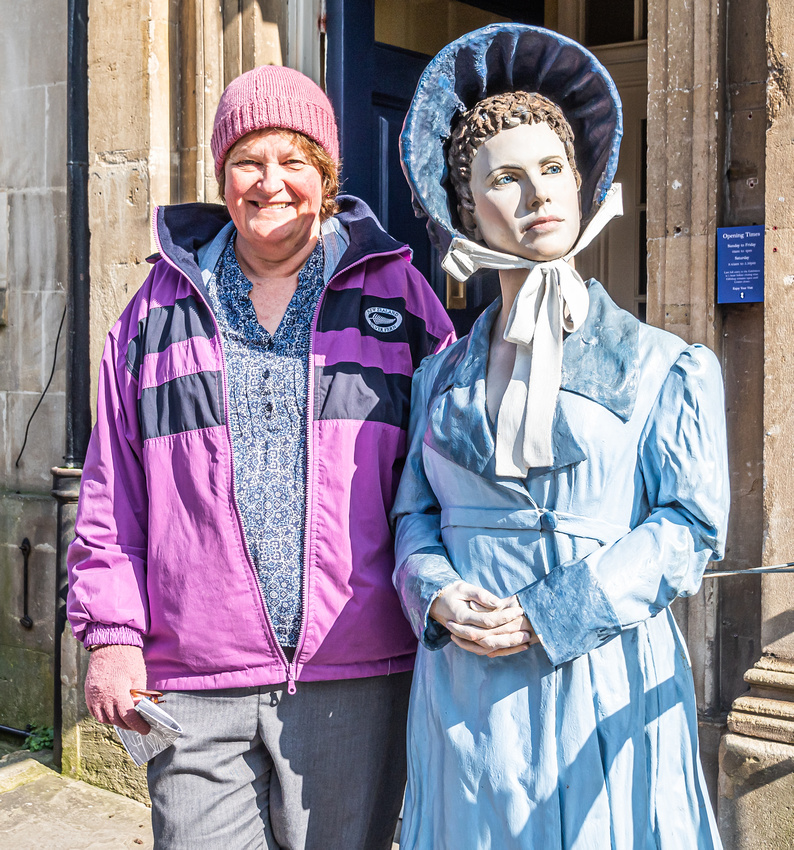Bath . . . Austen and the Abbey


Friday 6th March we spent most of the day walking around Bath. We both thoroughly enjoyed the Jane Austen Centre and a little later visited the beautiful Bath Abbey!
The Abbey was founded in the 7th century as a Benedictine monastery. The building was rebuilt in the 12th and 16th centuries. It is one of the largest examples of perpendicular gothic architecture in the west country. When we were there a large section of the floor was undergoing restoration work due to collapse. I chatted with the Minister and he said that the floor was collapsing due to the number of graves underneath (7,000 - 8,000), where the skeletal remains were returning to dust. He also said that part of the restoration process involved channeling the hot spring water (from the nearby Roman Baths) as it travels along the Roman culvert on its way to the Avon River, as a means of heating the Abbey. Interesting to note that in the Abbey there is a plaque and Australian flag in recognition of Admiral Arthur Phillip,1st Governor of New South Wales. Arthur Phillip lived his later years in Bath and in fact died there. He would have been buried in the Abbey but his wish was to be buried in the ‘open air.’ His grave is in St Nicholas’s church, Bathampton.
Bath is the largest city in the county of Somerset, England, known for and named after its Roman-built baths. Bath is in the valley of the River Avon, 97 miles west of London and 11 miles southeast of Bristol. The city became a World Heritage site in 1987.
The city became a spa in 60 AD when the Romans built baths and a temple in the valley of the River Avon, although hot springs were known even before then. Bath became popular as a spa town in the Georgian era. Georgian architecture, crafted from Bath stone includes the Royal Crescent, the Circus, Pump Room and Assembly Rooms. Bath stone is a type of limestone that is found in the Bathampton Down Mines under Combe Down, Somerset.
Its warm, honey colouring gives Bath its distinctive appearance.
A lot of building was undertaken in bath in the nineteenth century due to the Bath Blitz. The term refers to the air raids by the German Luftwaffe on the city during World War II.
Jane Austen lived in Bath in the early 19th Century.
As an English novelist, she was primarily known for her six major novels, which interpret, critique and comment upon the British landed gentry at the end of the 18th century. Her plots often explored the dependence of women on marriage in the pursuit of favourable social standing and economic security.